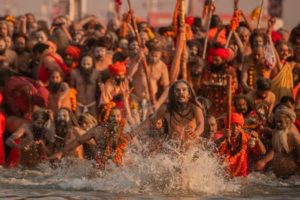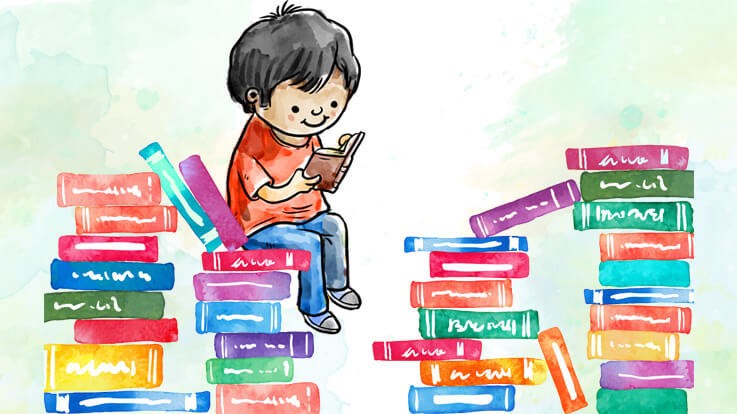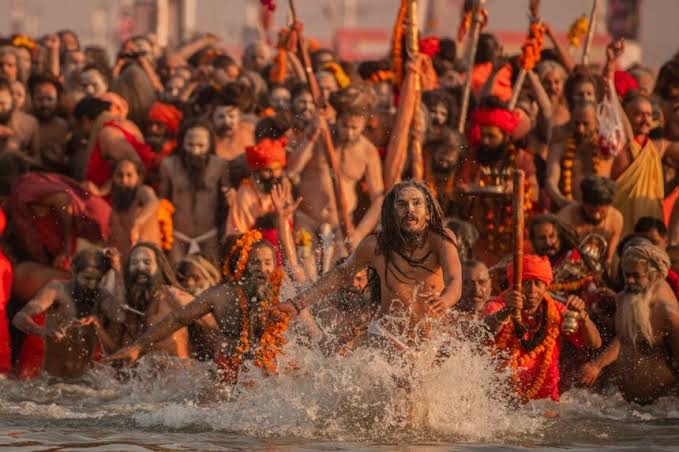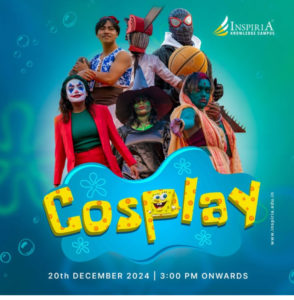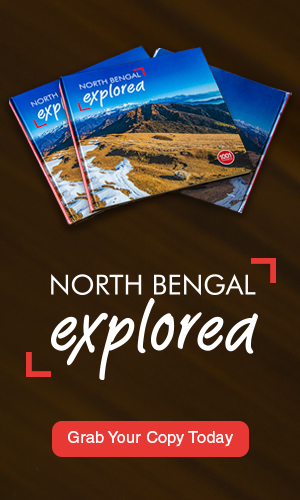Let’s dive into Esperanza 4.0, North Bengal’s premier media fest, where creativity meets collaboration. Day 2 of Esperanza 4.0 features dynamic sessions, thought-provoking panel discussion, and valuable networking opportunities. The dynamic environment encourages collaboration and exploration, empowering participants to enhance their skills and broaden their perspectives.
The first speaker, Zeeshan Kaskar, is a senior journalist at The Wire. He discussed “The Power of Visuals: Using Multimedia to Amplify Marginalized Voices.” He discussed the representation of marginalized voices and how it is crucial to approach the subject matter with sensitivity and care. Empathy is a crucial element in storytelling. By spending time with whoever we are writing about, we can gain a deeper understanding of their experiences. Cross-checking sources and verifying facts ensures credibility and fosters trust. Constant engagement with audiences is key to effective storytelling. By highlighting the transformative power of visual storytelling, Zeeshan Kaskar demonstrated how innovative multimedia approaches can cultivate empathy and understanding, driving social change and promoting inclusivity.
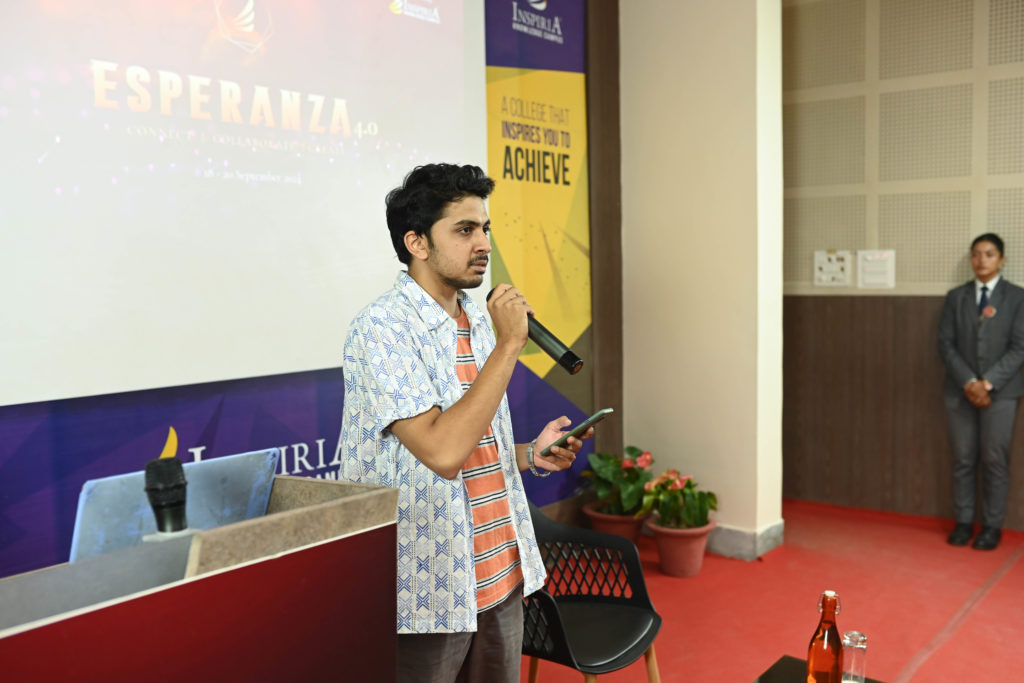
There was a panel discussion on the topic “Media Metamorphosis: Traditional vs. New-Age Media”. The moderator Sandip C. Jain is a versatile writer, social activist, and editor at The Himalayan Times. The panelists were Keshav Pradhan and Jiwan Rai. Keshav Pradhan started his career as a sub-editor at The Telegraph and has since held prominent roles at various media outlets. Jiwan Rai, a prominent social and political commentator from Sikkim, is celebrated for his thought-provoking columns in regional English dailies and magazines.
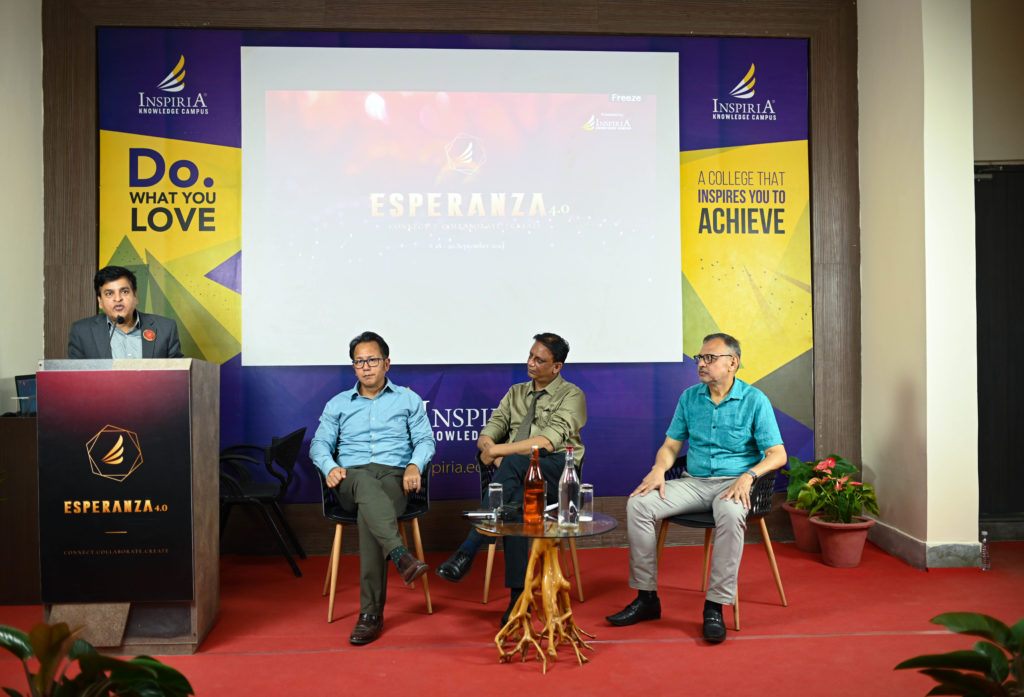
The panel discussion provided an in-depth exploration of the future of media consumption and production. The discussion provided an overview of the key phases of the media world, such as technological advancements, advent of the internet age, parallel growth of technology, changes in human preferences, traditional art of storytelling, and the battle for supremacy between traditional and new media. New media has introduced innovative formats like podcasts, which utilize expert hosts for in-depth discussions. However, there are challenges to overcome. While new media accelerates communication and expands reach, it risks losing depth and rootedness in the pursuit of speed. To navigate the current landscape, it’s crucial to look back at history to understand emerging trends and patterns. What defines the media today will likely be different tomorrow. Despite the challenges posed by new media, traditional forms of media will continue to play a critical role in society. Balancing the strengths of both traditional and new media is essential for creating a robust media ecosystem.
Rahul Sinha, the next speaker, is the managing partner at The Cord Bharat, a notable platform for independent and bilingual journalism and the creative head of DreamLens Productions. Rahul Sinha discussed the transformative role of digital technologies in contemporary media practices. Modern cameras now feature sophisticated autofocus systems that recognize shooting contexts, whether portrait or landscape, streamlining the photography process. The dynamic range capabilities of these cameras allow for better control over exposure, enabling photographers to decrease highlights and lift shadows for more balanced images. Apps can now quickly remove backgrounds or enhance images, significantly reducing editing time. Overall, these innovations serve as valuable assets for photographers looking to elevate their work and reach wider audiences.
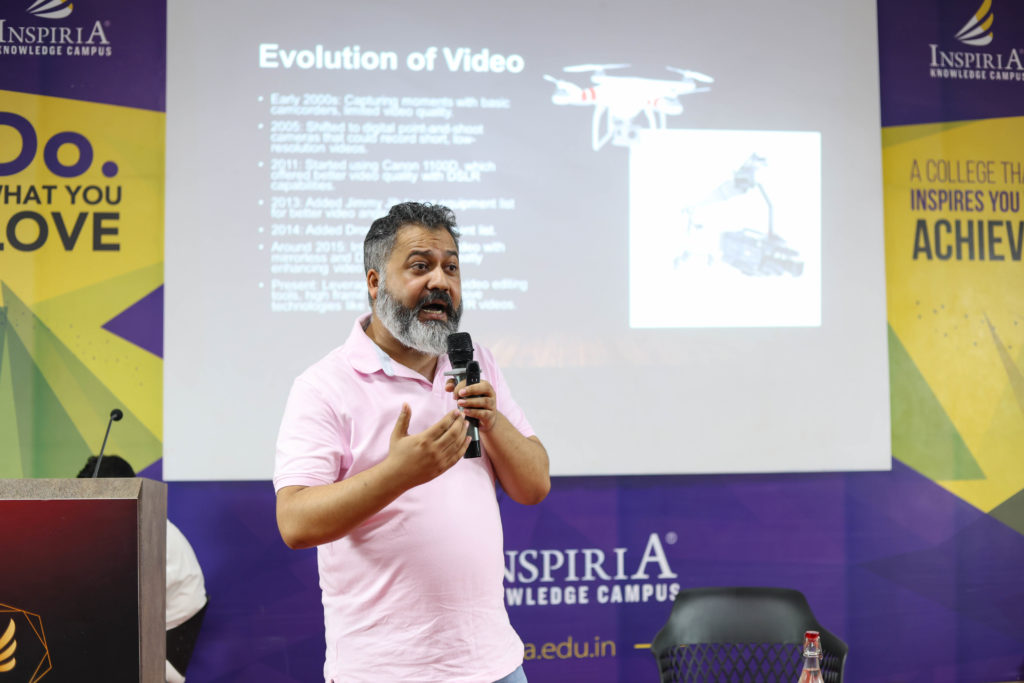
The last speaker of the day, Sanjay Kumar, is a distinguished new media journalist with a notable career that includes pivotal roles at top-notch media organizations. Sanjay Kumar discussed the topic “Truth Unveiled: Mastering Fact-Checking Techniques,” focusing on the vital role of fact-checking in maintaining journalistic credibility and integrity. Fact-checking has become essential in today’s digital landscape, with nearly every media outlet having dedicated fact-checking cells. Key distinctions must be made between misinformation — often shared without malicious intent —and disinformation, which is deliberately misleading. Fact-checking is a legal and ethical responsibility aimed at avoiding the spread of misinformation. A variety of tools available for fact-checking are: Snopes, Google Fact Check Explorer, TinEye, FactCheck.org, PolitiFact, and InVID Verification Plugin. He also discussed the essential qualities of a fact-checker, such as: Attention to Detail, Research Skills, Knowledge of Data Analysis, Critical Thinking, and Deadline Management.
-Faraha Khan


